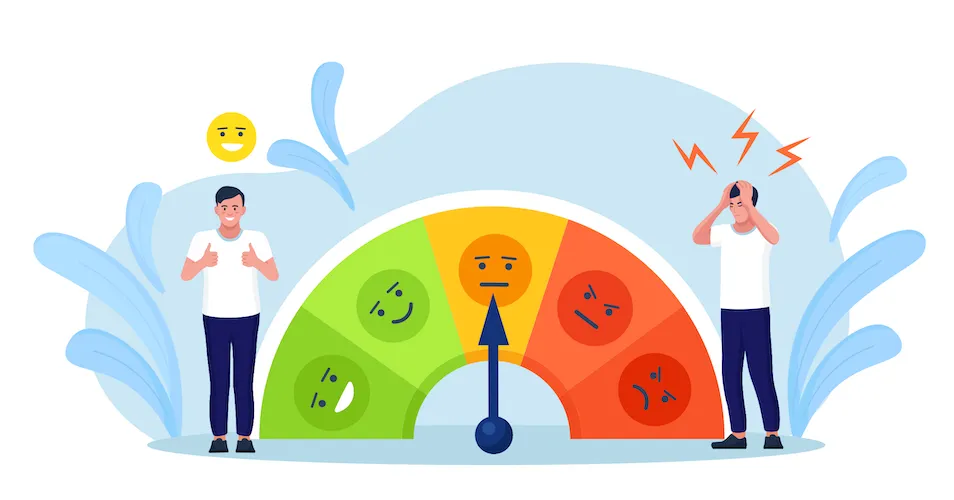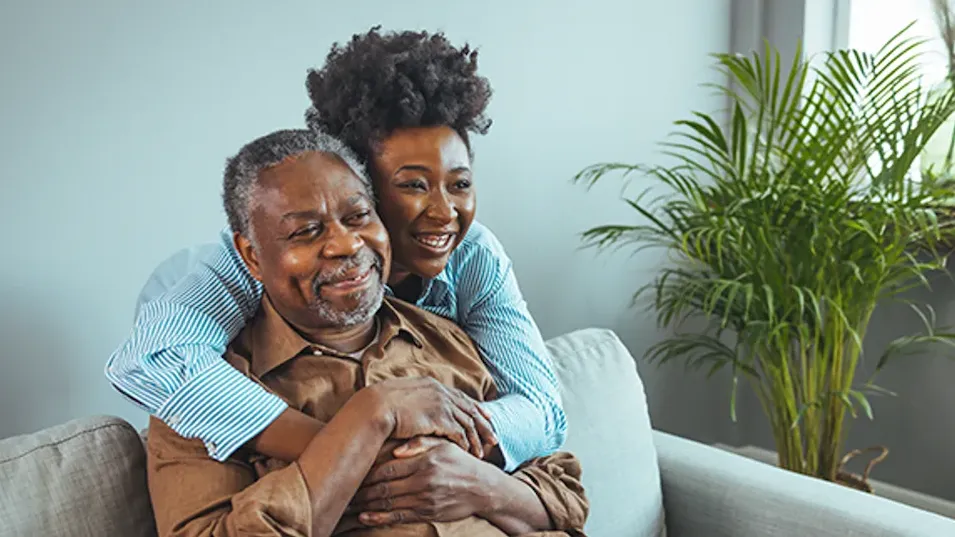CLL Patient Tests - DNA Sequencing to Find Gene Mutations
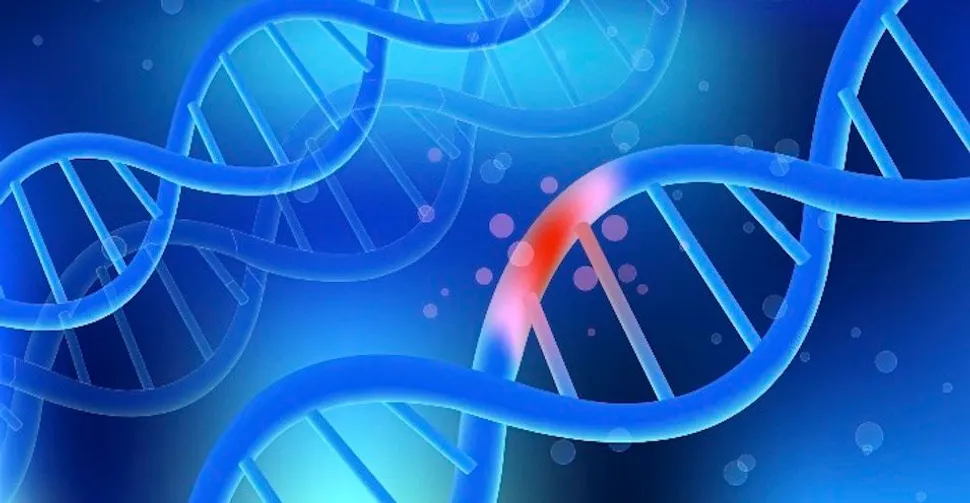
DNA sequencing is a test that should be completed for CLL patients to find gene mutations. Certain gene mutations help predict how a patient will respond to targeted therapies like venetoclax (Venclexta) and BTK inhibitors like zanubrutinib (Brukinsa) and acalabrutinib (Calquence). They may also help predict the progression speed of the patient's CLL.
Genes and Mutations
Genes are instructions inside of the DNA that tell the cell what to do. If there are gene mutations, then the cell won't work as it should.

Steps of Next-generation DNA Sequencing (NGS)
- Collect a blood and/or bone marrow sample from the CLL patient
- Library preparation
- Prepare a collection of similar size DNA fragments
- The DNA is broken apart and adaptors are attached to the end of the DNA fragments
- The DNA fragments are multiplied then placed onto a base surface like a special glass slide called a flow cell
- DNA fragments multiply on the flow cell to form clone clusters
- Prepare a collection of similar size DNA fragments
- Sequencing
- The clusters are sequenced to read the DNA fragments
- Data analysis
- The data is reviewed to look for gene mutations
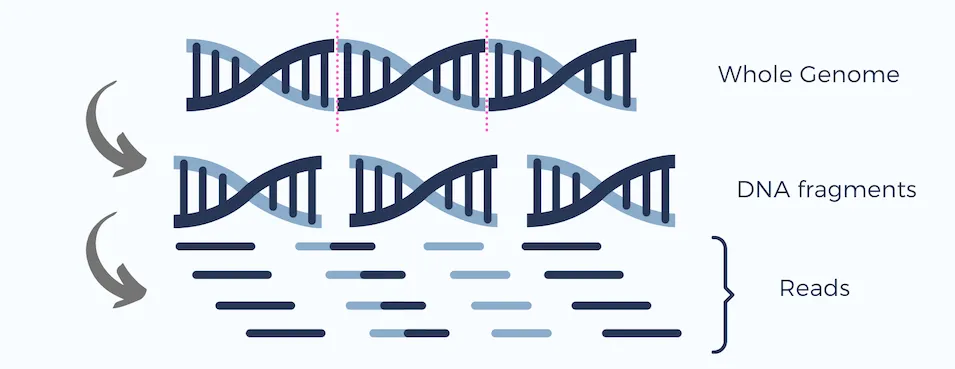
Image source: GoldBio
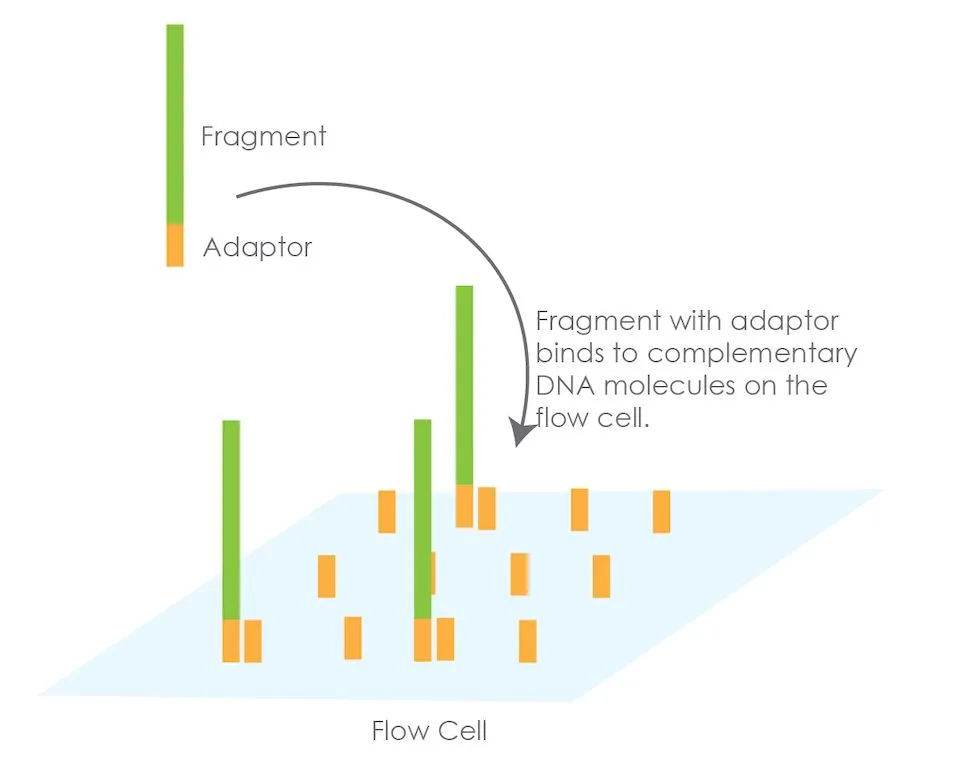
Image source: GoldBio
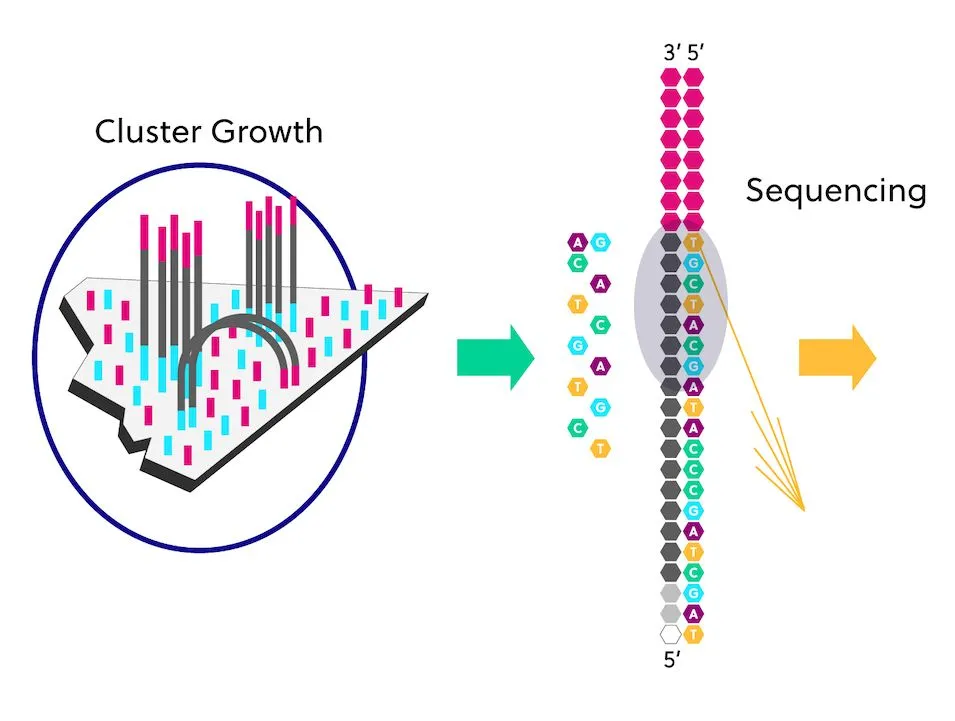
Image source: iRepertoire
NGS Mutation Panels for CLL
Discuss with your CLL specialist which gene mutation panels would be helpful for your case of CLL.
Gene mutation panels relevant to CLL targeted therapies may include:
- TP53 gene
- Mutated TP53 can influence the progression speed of CLL cells. Patients with mutated TP53 may need treatment at the time of diagnosis. The mutation can also influence if venetoclax needs to be given in combination with an antibody medicine rather than venetoclax (Venclexta) alone to help provide a longer remission period in between lines of treatment.
- IGHV gene
- IGHV refers to the immunoglobulin heavy gene mutation. If the IGHV gene is mutated, the CLL cell is older and the disease typically progresses slowly. If IGHV is unmutated, the CLL cell is young and the disease may progress quickly.
- BTK gene
- Reviews if the patient is resistant to BTK inhibitors. The BTK gene may mutate over time using covalent BTKis like acalabrutinib (Calquence) and zanubrutinib (Brukinsa) or non-covalent BTKis like pirtobrutinib (Jaypirca) and nemtabrutinib.
- BCL2 gene
- Reviews if the patient is resistant to venetoclax.
See here for more information about gene mutations doctors can look for that may influence targeted therapies or CLL progression speed.
Need a CLL specialist to ensure you are getting the tests you need? View HealthTree's CLL Specialist Directory to find one near you.
DNA sequencing is a test that should be completed for CLL patients to find gene mutations. Certain gene mutations help predict how a patient will respond to targeted therapies like venetoclax (Venclexta) and BTK inhibitors like zanubrutinib (Brukinsa) and acalabrutinib (Calquence). They may also help predict the progression speed of the patient's CLL.
Genes and Mutations
Genes are instructions inside of the DNA that tell the cell what to do. If there are gene mutations, then the cell won't work as it should.

Steps of Next-generation DNA Sequencing (NGS)
- Collect a blood and/or bone marrow sample from the CLL patient
- Library preparation
- Prepare a collection of similar size DNA fragments
- The DNA is broken apart and adaptors are attached to the end of the DNA fragments
- The DNA fragments are multiplied then placed onto a base surface like a special glass slide called a flow cell
- DNA fragments multiply on the flow cell to form clone clusters
- Prepare a collection of similar size DNA fragments
- Sequencing
- The clusters are sequenced to read the DNA fragments
- Data analysis
- The data is reviewed to look for gene mutations

Image source: GoldBio

Image source: GoldBio

Image source: iRepertoire
NGS Mutation Panels for CLL
Discuss with your CLL specialist which gene mutation panels would be helpful for your case of CLL.
Gene mutation panels relevant to CLL targeted therapies may include:
- TP53 gene
- Mutated TP53 can influence the progression speed of CLL cells. Patients with mutated TP53 may need treatment at the time of diagnosis. The mutation can also influence if venetoclax needs to be given in combination with an antibody medicine rather than venetoclax (Venclexta) alone to help provide a longer remission period in between lines of treatment.
- IGHV gene
- IGHV refers to the immunoglobulin heavy gene mutation. If the IGHV gene is mutated, the CLL cell is older and the disease typically progresses slowly. If IGHV is unmutated, the CLL cell is young and the disease may progress quickly.
- BTK gene
- Reviews if the patient is resistant to BTK inhibitors. The BTK gene may mutate over time using covalent BTKis like acalabrutinib (Calquence) and zanubrutinib (Brukinsa) or non-covalent BTKis like pirtobrutinib (Jaypirca) and nemtabrutinib.
- BCL2 gene
- Reviews if the patient is resistant to venetoclax.
See here for more information about gene mutations doctors can look for that may influence targeted therapies or CLL progression speed.
Need a CLL specialist to ensure you are getting the tests you need? View HealthTree's CLL Specialist Directory to find one near you.

about the author
Megan Heaps
Megan joined HealthTree in 2022. She enjoys helping patients and their care partners understand the various aspects of the cancer. This understanding enables them to better advocate for themselves and improve their treatment outcomes.
More on Navigating Your Health
Trending Articles
Get the latest thought leadership on your Chronic Lymphocytic Leukemia delivered straight to your inbox
Subscribe to the weekly newsletter for news, stories, clinical trial updates, and helpful resources and events with cancer experts.
